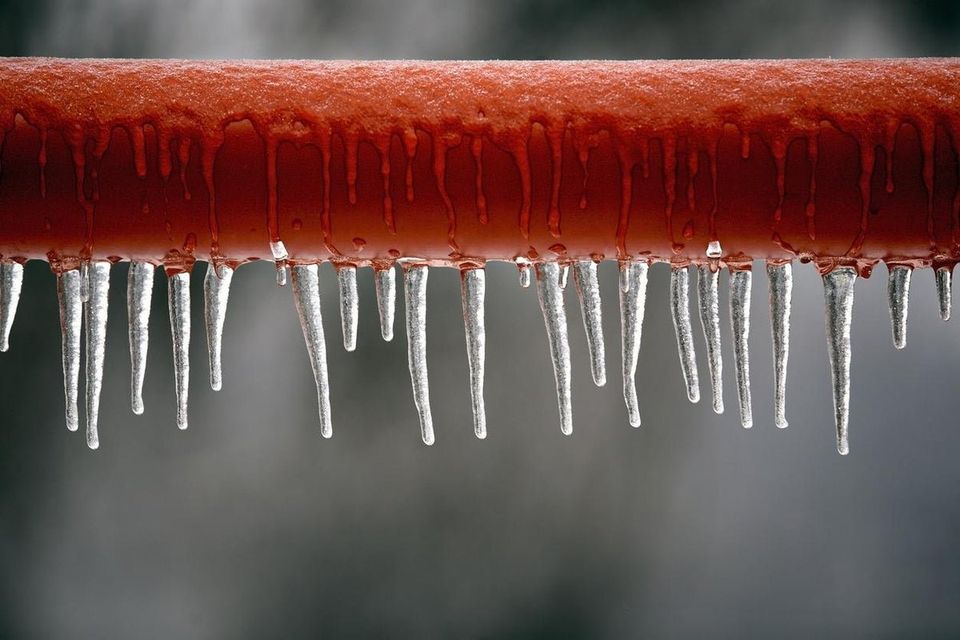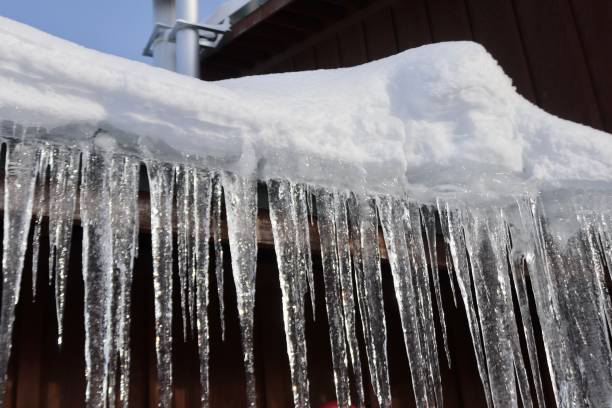Essential Tips to Prevent Frozen Pipes in Cold Weather
Essential Tips to Prevent Frozen Pipes in Cold Weather
Blog Article
Just about everyone will have their unique concepts when it comes to How To Avoid Freezing Pipes.

Winter can ruin your pipes, especially by freezing pipelines. Below's just how to prevent it from taking place and what to do if it does.
Introduction
As temperatures decrease, the risk of frozen pipes boosts, potentially causing pricey fixings and water damage. Recognizing just how to avoid icy pipes is important for home owners in cool environments.
Avoidance Tips
Shielding at risk pipelines
Wrap pipelines in insulation sleeves or utilize warm tape to safeguard them from freezing temperature levels. Concentrate on pipelines in unheated or exterior locations of the home.
Heating methods
Keep indoor areas appropriately warmed, particularly locations with plumbing. Open up cupboard doors to permit warm air to distribute around pipelines under sinks.
Just how to identify frozen pipelines
Search for decreased water circulation from faucets, unusual smells or sounds from pipelines, and noticeable frost on revealed pipelines.
Long-Term Solutions
Architectural changes
Think about rerouting pipes far from exterior wall surfaces or unheated areas. Include added insulation to attics, cellars, and crawl spaces.
Updating insulation
Purchase top quality insulation for pipelines, attic rooms, and walls. Correct insulation helps maintain consistent temperature levels and minimizes the risk of icy pipes.
Securing Outside Pipes
Yard tubes and exterior taps
Detach and drain pipes garden hose pipes prior to wintertime. Install frost-proof faucets or cover exterior taps with protected caps.
Understanding Frozen Pipelines
What causes pipes to freeze?
Pipelines freeze when subjected to temperature levels below 32 ° F (0 ° C) for extended periods. As water inside the pipes ices up, it increases, taxing the pipeline wall surfaces and possibly causing them to break.
Dangers and problems
Frozen pipes can cause water supply disturbances, residential property damage, and costly repair services. Burst pipelines can flooding homes and create substantial architectural damages.
Indicators of Frozen Pipes
Determining frozen pipelines early can avoid them from breaking.
What to Do If Your Pipelines Freeze
Immediate activities to take
If you presume icy pipelines, maintain taps open up to eliminate pressure as the ice melts. Make use of a hairdryer or towels soaked in warm water to thaw pipes gradually.
Final thought
Preventing frozen pipelines requires aggressive actions and fast actions. By understanding the reasons, signs, and preventive measures, house owners can shield their pipes throughout cold weather.
5 Ways to Prevent Frozen Pipes
Drain Outdoor Faucets and Disconnect Hoses
First, close the shut-off valve that controls the flow of water in the pipe to your outdoor faucet. Then, head outside to disconnect and drain your hose and open the outdoor faucet to allow the water to completely drain out of the line. Turn off the faucet when done. Finally, head back to the shut-off valve and drain the remaining water inside the pipe into a bucket or container. Additionally, if you have a home irrigation system, you should consider hiring an expert to clear the system of water each year.
Insulate Pipes
One of the best and most cost-effective methods for preventing frozen water pipes is to wrap your pipes with insulation. This is especially important for areas in your home that aren’t exposed to heat, such as an attic. We suggest using foam sleeves, which can typically be found at your local hardware store.
Keep Heat Running at 65
Your pipes are located inside your walls, and the temperature there is much colder than the rest of the house. To prevent your pipes from freezing, The Insurance Information Institute suggests that you keep your home heated to at least 65 degrees, even when traveling. You may want to invest in smart devices that can keep an eye on the temperature in your home while you’re away.
Leave Water Dripping
Moving water — even a small trickle — can prevent ice from forming inside your pipes. When freezing temps are imminent, start a drip of water from all faucets that serve exposed pipes. Leaving a few faucets running will also help relieve pressure inside the pipes and help prevent a rupture if the water inside freezes.
Open Cupboard Doors
Warm your kitchen and bathroom pipes by opening cupboards and vanities. You should also leave your interior doors ajar to help warm air circulate evenly throughout your home.

As an avid person who reads on Helpful Tips to Prevent Frozen Pipes this Winter, I was thinking sharing that piece of content was valuable. Loved our blog? Please quickly share it. Help other people find it. Thanks for taking the time to read it.
Article Report this page